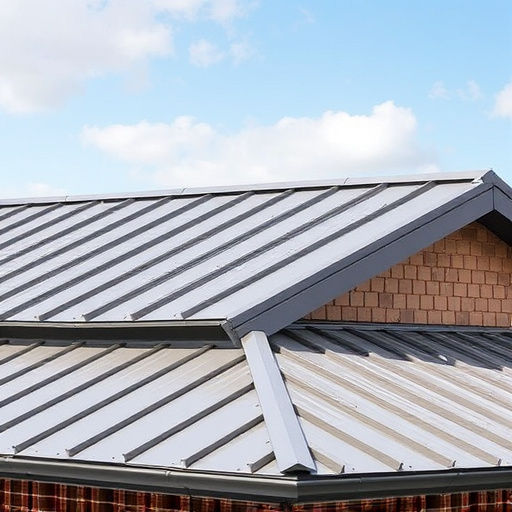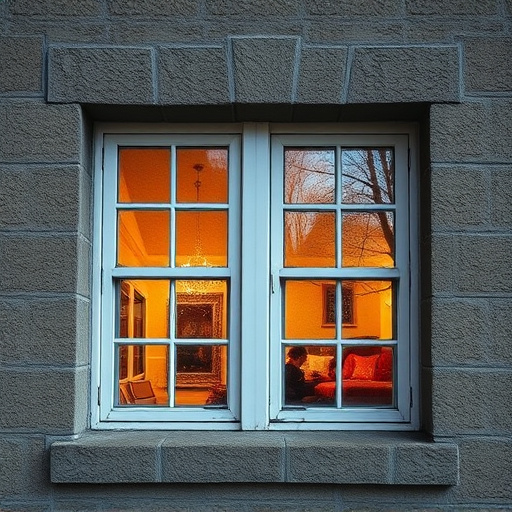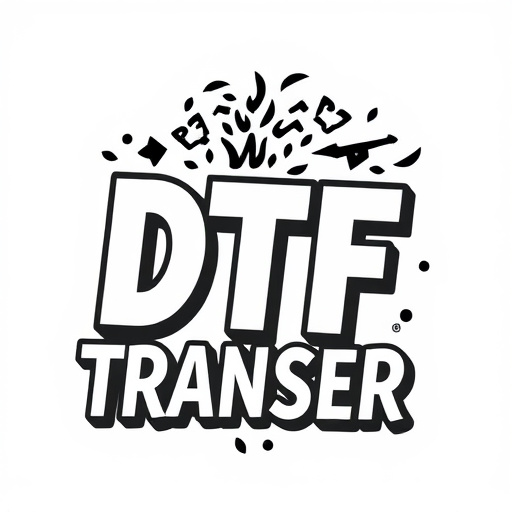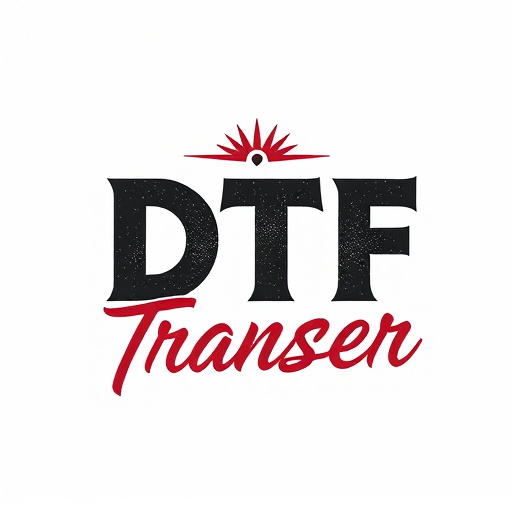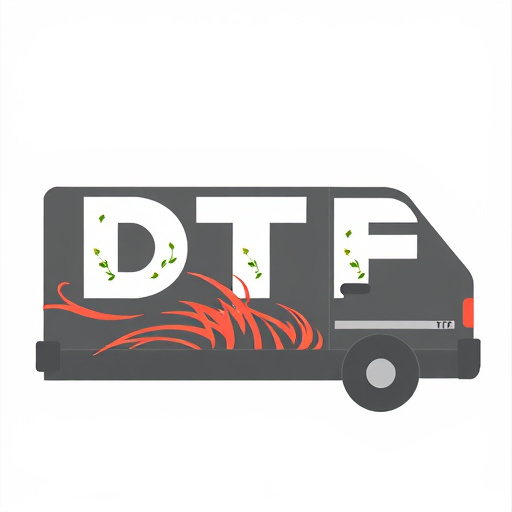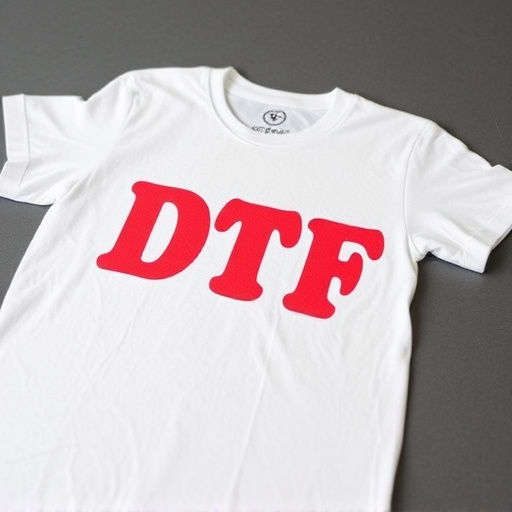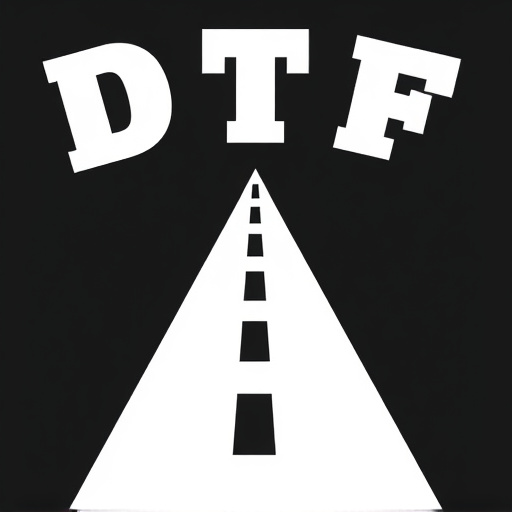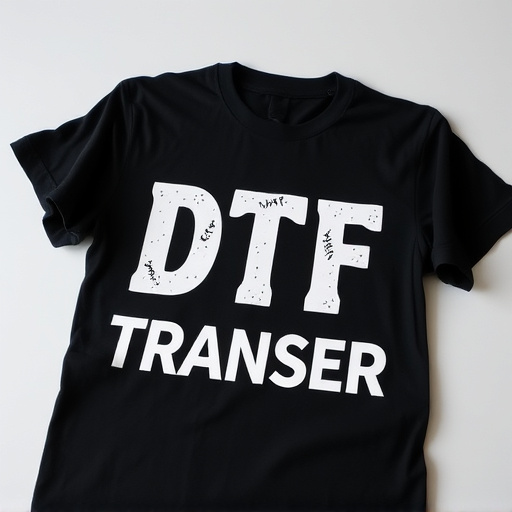Direct-to-Film (DTF) transfer technology and dye sublimation printing are cutting-edge methods for high-quality print production. DTF offers a versatile process, suitable for short runs and custom designs, producing vibrant colors on diverse surfaces like fabric, paper, metal, and plastic. Dye sublimation printing delivers exceptional color accuracy and detail for larger formats, making it ideal for marketing, apparel, and art reproduction on polyester fabrics. The choice between them depends on design complexity, desired final product, color vibrancy needs, budget, and turnaround time. DTF transfers excel at intricate details on various surfaces, while dye sublimation prints provide vibrant colors for full-bleed fabric designs.
In the realm of printing technologies, Direct-to-Film (DTF) transfers and dye sublimation stand out for their unique applications in creating high-quality prints. This article delves into the intricacies of these two methods, offering a comprehensive guide for understanding DTF transfer and exploring the nuances of dye sublimation printing. We’ll break down the processes, highlight key differences, discuss use cases, and provide insights to help you choose the best print method based on specific requirements, ensuring optimal results for your DTF or sublimation prints.
- Understanding Direct-to-Film (DTF) Transfer: An Overview
- The Process of DTF Printing: Step-by-Step Guide
- Dye Sublimation Printing: A Deep Dive into the Technique
- Key Differences Between DTF and Dye Sublimation
- Applications and Use Cases for Each Printing Method
- Choosing the Right Print Method: Factors to Consider
Understanding Direct-to-Film (DTF) Transfer: An Overview
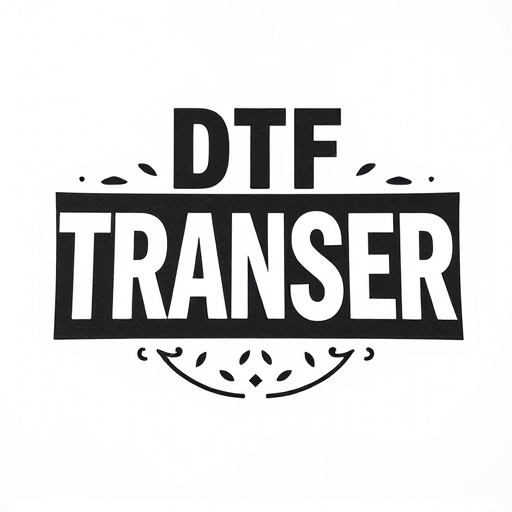
Direct-to-Film (DTF) transfer is a cutting-edge printing technology that has revolutionized the way we produce high-quality prints directly onto various surfaces, from clothing to signage. Unlike traditional printing methods that rely on intermediate materials, DTF involves transferring ink directly onto the final medium using specialized equipment. This process eliminates the need for costly plate preparation and setup, making it an efficient choice for short runs or custom designs.
In DTF printing, a thin layer of ink is applied to a flexible film, which acts as both carrier and ultimate print surface. The film is then precisely positioned over the target material, typically a textile or plastic, and heated to fuse the ink into the substrate. This direct approach ensures vibrant colors, sharp details, and an exceptional finish, making DTF prints highly desirable for promotional items, apparel, and decorative applications.
The Process of DTF Printing: Step-by-Step Guide
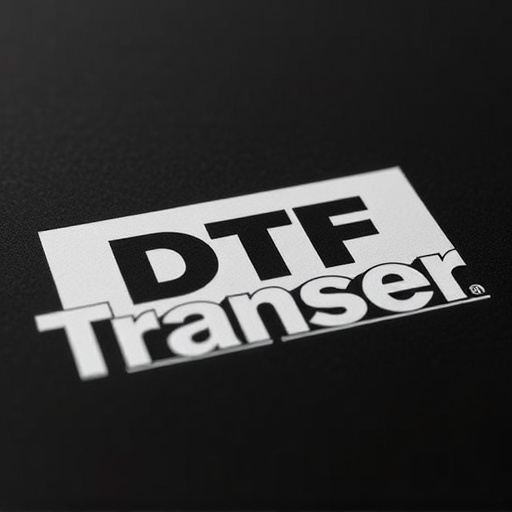
The Direct-to-Film (DTF) printing process involves a precise, multi-step technique to achieve high-quality prints. It begins with preparing the design digitally, ensuring it’s optimized for DTF standards. Next, the graphic is transferred onto a clear film using specialized software, creating a negative mask. This film is then carefully positioned over the print medium, usually a t-shirt or other fabric, and a heat press applies pressure and temperature to fuse the ink from the film onto the surface. The result is a sharp, vibrant DTF print with excellent color accuracy.
Each step in the DTF process demands precision and expertise. The clear film acts as a conduit, enabling precise ink transfer without smudging or running. This method allows for intricate designs and fine details to be reproduced accurately, making DTF an attractive option for custom clothing and merchandise. After printing, the excess ink is carefully removed, leaving only the desired design, ready to be worn or displayed.
Dye Sublimation Printing: A Deep Dive into the Technique

Dye Sublimation Printing is a technique that has gained significant traction in the world of print and imaging. This method involves transferring dye onto a medium, typically polyester or polypropylene, using heat and pressure. The process starts with a digital image that is split into several color layers—red, green, blue (RGB), and sometimes yellow, cyan, magenta, and black (CMYK). Each layer is then printed onto the substrate, allowing for incredibly detailed and vibrant DTF prints.
The allure of dye sublimation printing lies in its ability to produce high-quality, long-lasting images with exceptional color accuracy. Unlike traditional printing methods that deposit ink on top of the surface, sublimation infuses the dye directly into the material, resulting in a seamless fusion. This technique is particularly favored for creating photos, art prints, and custom apparel due to its capacity to capture subtle nuances and offer a rich, saturated look. Moreover, DTF Transfer offers unparalleled durability, making it resistant to fading and ideal for outdoor displays or items intended for prolonged exposure.
Key Differences Between DTF and Dye Sublimation
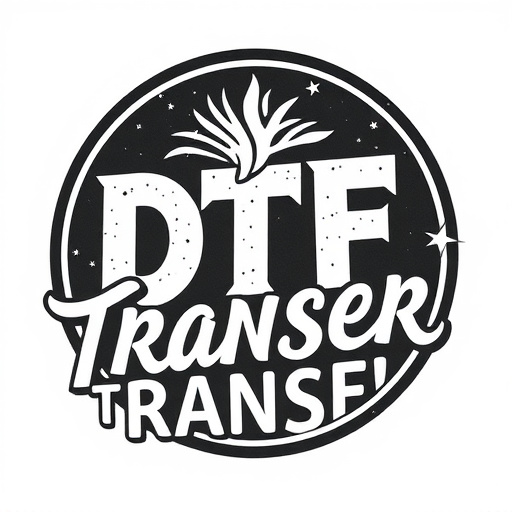
Direct-to-film (DTF) transfers and dye sublimation printing are two distinct methods for producing high-quality prints on various materials, each with its unique advantages and considerations. One of the primary differences lies in their production process; DTF involves transferring ink directly onto a film, which is then applied to the desired substrate, offering a relatively straightforward approach. On the other hand, dye sublimation printing involves infusing dye into a porous material, typically polyester, resulting in vibrant, long-lasting prints that can be applied to a wide range of items.
In terms of output, DTF prints are known for their sharp details and excellent color accuracy, making them ideal for photos and fine art. The process is versatile, accommodating various substrate types, including paper, fabric, and plastic. Conversely, dye sublimation printing produces more vibrant and consistent colors across larger formats, making it popular for marketing materials, apparel, and personalized items. It’s worth noting that while DTF transfers have a faster turnaround time, dye sublimation may require specialized equipment and expertise, impacting the overall production complexity and cost.
Applications and Use Cases for Each Printing Method
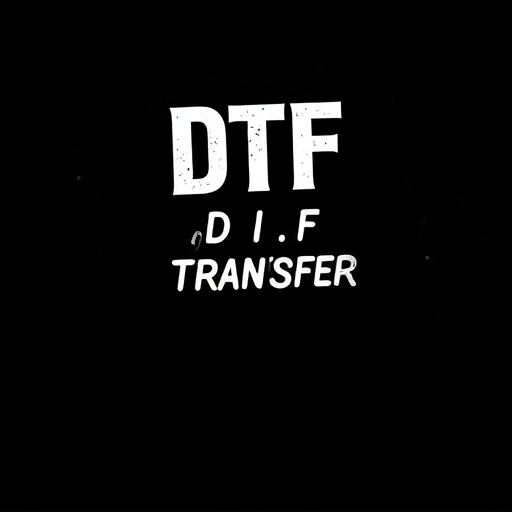
Direct-to-film (DTF) transfers and dye sublimation printing are two distinct methods with unique applications in various industries. DTF transfers are particularly favored for their versatility and applicability across a wide range of materials, including fabric, paper, metal, and plastic. This makes them ideal for custom clothing, signage, and promotional products, allowing businesses to offer personalized items quickly and cost-effectively. For instance, DTF printing is commonly used in screen printing shops to produce small batch orders or unique designs that traditional methods might struggle with.
On the other hand, dye sublimation printing has found its niche in high-quality photography, art reproduction, and fine art applications. It excels in producing vibrant, detailed prints on various media, especially polyester and other synthetic fabrics. This method is widely used for creating photographic prints, banners, posters, and even custom-sized canvases. Dye sublimation offers a level of color accuracy and richness that DTF transfers can’t match, making it the preferred choice for professional photographers and art enthusiasts looking to preserve their visual masterpieces.
Choosing the Right Print Method: Factors to Consider
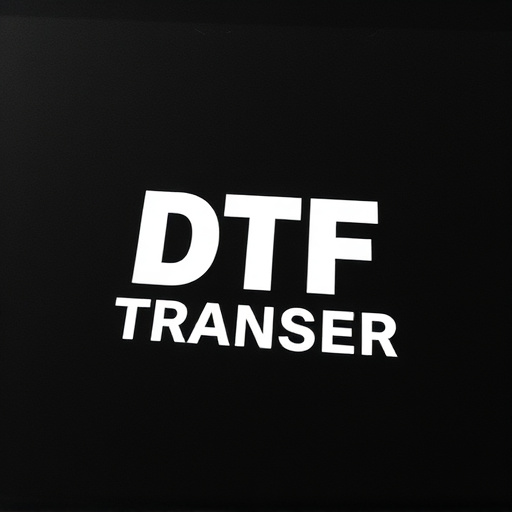
When selecting between a DTF (Direct-to-Film) transfer and dye sublimation printing for your print project, several factors come into play. Each method has its unique advantages and is suited to different applications, ensuring the best outcome for your specific needs. Consider the following key aspects to make an informed decision:
First, the nature of the design and desired final product is essential. DTF transfers are excellent for complex artwork with fine details as they can capture intricate elements accurately. This method is popular for producing high-quality prints on various surfaces like metal, wood, or plastic. On the other hand, dye sublimation printing offers vibrant colors and is ideal for full-bleed prints on fabric, allowing designs to wrap around edges seamlessly. It’s particularly favored in textile industries for creating clothing, bags, and decorative items. Additionally, print quality expectations, budget considerations, and turnaround time should guide your choice, as each technique has its production speed and material cost implications.






